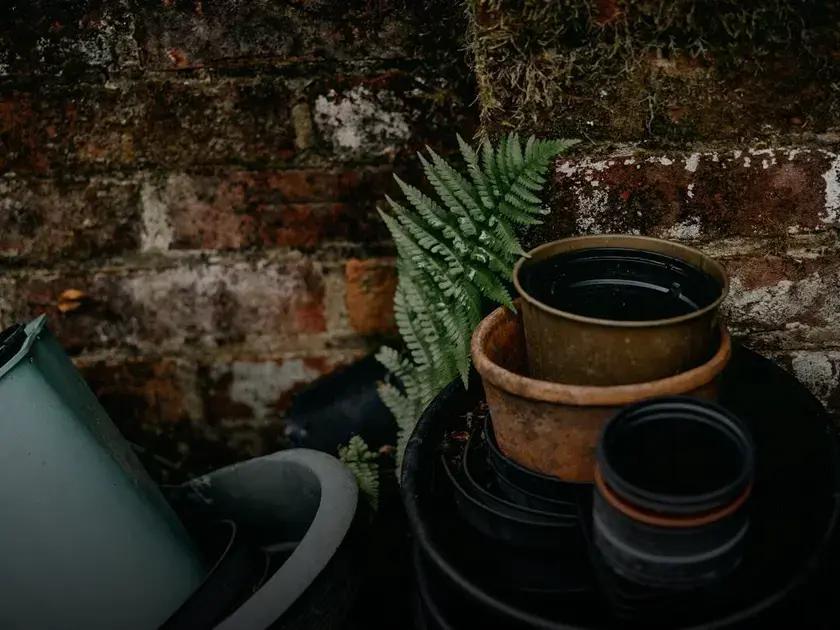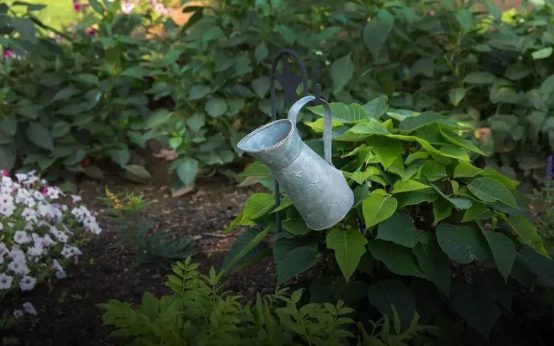Discover the essential mulching tips to protect and nourish your garden. Mulching is a crucial practice that offers numerous benefits for your plants. By selecting the right type of mulch and applying it correctly, you can significantly enhance the health and appearance of your garden. In this guide, we will explore important aspects of mulching, including why it’s important, how to choose the right one, and how to avoid common mistakes. Embrace these mulching tricks to keep your garden flourishing throughout the seasons.
Why Is Mulching Important for Your Garden?
Benefits of Mulching
Mulching improves soil health by adding organic matter. This boosts the soil’s ability to hold onto water and nutrients, keeping roots healthy and plants robust. Additionally, mulch acts as an insulating layer for your garden, maintaining a consistent soil temperature. This is particularly beneficial during extreme weather conditions like hot summers or cold winters.
Another crucial reason for mulching is weed control. A good layer of mulch suppresses weed growth by blocking sunlight, which weeds need to germinate. This not only saves you time but also helps reduce competition for resources in your garden.
Environmental Impact of Mulching
By promoting healthy soil and reducing the need for chemical weed killers, mulching benefits the environment. It helps in recycling organic waste materials such as grass clippings, leaves, and bark. Furthermore, the breakdown of organic mulch enriches the soil, contributing to a sustainable gardening practice.
Mulching also aids in soil erosion prevention. It acts as a barrier against wind and water, reducing the impact of heavy rain that could wash away topsoil. This is especially useful on slopes or areas prone to erosion, helping to maintain the integrity of your garden landscape.
Conclusion on Importance
Overall, mulching is a crucial practice for anyone looking to maintain a healthy, thriving garden. By conserving moisture, reducing weeds, preventing erosion, and enriching the soil, mulching stands out as a key component of effective garden maintenance.
Choosing the Right Type of Mulch

When it comes to mulching, selecting the best type is essential for both protection and nourishment of your garden. Mulch can be organic or inorganic, and each type has its benefits and considerations.
Organic Mulch Options: Organic mulches, such as wood chips, straw, bark, and leaves, decompose over time, enriching the soil with nutrients. They are great for improving soil structure and supporting beneficial microorganisms. However, they may need replenishing as they break down.
Inorganic Mulch Choices: Inorganic options, like gravel, stones, and landscape fabric, do not break down. They are excellent for maintaining soil moisture and reducing weed growth without needing frequent replacement. However, they don’t enhance soil health through decomposition.
Tailoring Mulch to Your Plants
Your plant type also influences the kind of mulch you should use. For vegetable gardens, straw or shredded leaves work well, providing necessary nutrients as they decompose. Flower beds might benefit from bark chips that provide an aesthetic appearance and discourage weeds.
Climate Considerations: The climate and weather conditions in your area can also affect your mulch choice. In colder regions, thicker organic mulch layers can help insulate plants. In contrast, in hot areas, inorganic mulches like stones can help reduce heat stress on plants.
By considering these factors, you can choose the right mulch to support your garden’s specific needs, ensuring it thrives throughout the seasons.
How to Apply Mulch Effectively
Applying mulch effectively is crucial for maximizing its benefits in your garden. Begin by clearing the area of weeds and debris, ensuring a clean surface. Proper ground preparation helps mulch perform its roles effectively.
Spread the mulch evenly, creating a layer between 2 to 4 inches thick. This thickness maintains soil moisture, suppresses weeds, and regulates soil temperature without suffocating plant roots. Use a rake to distribute the mulch, leaving some space around plant bases to prevent rot and allow air circulation.
In addition, choose the right mulch for your specific garden needs. Organic mulches, like bark or wood chips, enrich the soil as they decompose. Inorganic options like pebbles or stones are better for decorative purposes. Adjust the mulch layer as necessary with the season’s change; add more in the winter to protect from frost and reduce during rainy seasons to prevent waterlogging.
Remember to maintain the mulch regularly. Check its depth, and if it thins out due to weather or decomposition, replenish to keep it effective. Consistent upkeep not only shields your plants but also keeps your garden aesthetically pleasing.
Common Mulching Mistakes to Avoid

Applying mulch is a fantastic way to enhance your garden’s growth, but several common mistakes can limit its effectiveness.
Using Too Much Mulch
Over-mulching can suffocate plant roots by creating a barrier for water and air. Stick to a depth of 2-4 inches. Mulch piled too high can result in rot and pest issues.
Ignoring the Type of Plant
Different plants have different needs; some prefer acidic mulches, while others do not. Conduct research on your plants to choose compatible mulching materials.
Applying Mulch Too Close to the Stems
Mulch should not touch the stems or trunks of plants. It can cause rot and invite pests. Leave a gap around the base of plants.
Using Inappropriate Mulch Materials
Avoid using fresh wood chips or sawdust as they can deplete nitrogen from the soil. Instead, choose well-composted organic materials. Proper mulch maintenance is key; turning your mulch occasionally can prevent compaction and ensure soil health. Avoid these pitfalls to ensure your garden thrives with the benefits of mulch.
Seasonal Mulching Tips and Tricks
Utilizing mulch effectively throughout different seasons can significantly benefit your garden. Understanding when and how to adjust your mulching techniques is essential for maximizing plant health.
Spring Mulching
In spring, the focus is on invigorating the soil and preventing the early growth of weeds. Apply a thin layer of mulch to help warm up the soil and retain moisture. Opt for organic mulches like shredded bark or leaf mold for added nutrients.
Summer Mulching
Summer is all about moisture retention and keeping the soil cool. A thicker layer, about 3 inches of mulch, can help. Hickory wood chips or straw make excellent choices, minimizing evaporation and protecting roots from the heat.
Fall Mulching
Fall is the time for adding insulating layers. Switch to a thicker layer of mulch to help regulate the soil temperature as winter approaches. Grass clippings or pine needles can enrich the soil as they decompose over winter.
Winter Mulching
Winter mulching aims to protect plant roots from extreme cold. An additional 2 inches of mulch can offer this protection. Use materials like straw or hay for added insulation.
Adjusting your mulching strategy seasonally helps maintain a balanced ecosystem, encouraging lush and vibrant growth all year round.


 Water-Saving Gardening: Top Tips for a Drought-Resistant Yard
Water-Saving Gardening: Top Tips for a Drought-Resistant Yard  Attracting Birds to Your Garden: Plants That Bring Them
Attracting Birds to Your Garden: Plants That Bring Them  How to Start Composting at Home: A Beginner’s Guide
How to Start Composting at Home: A Beginner’s Guide